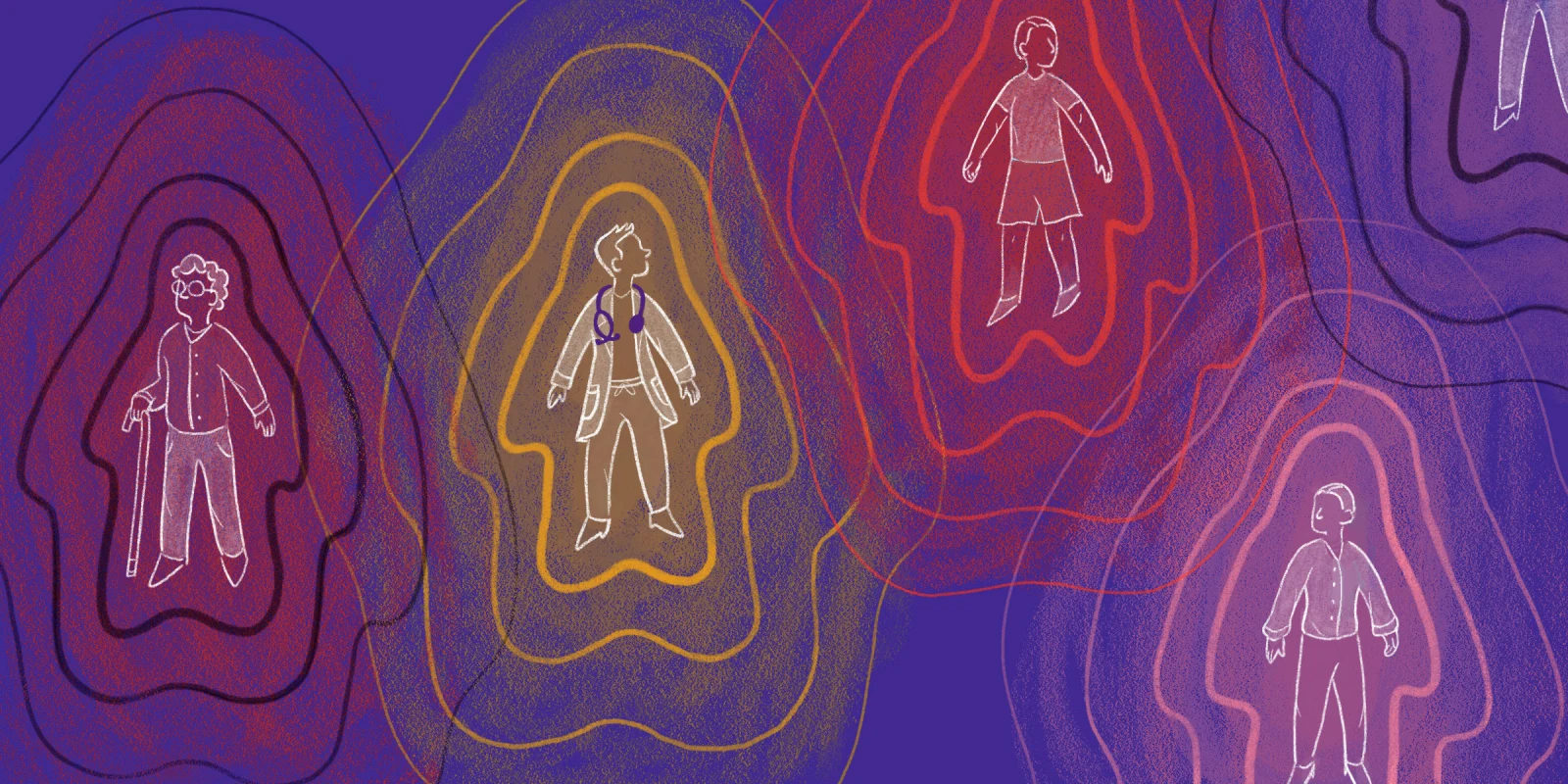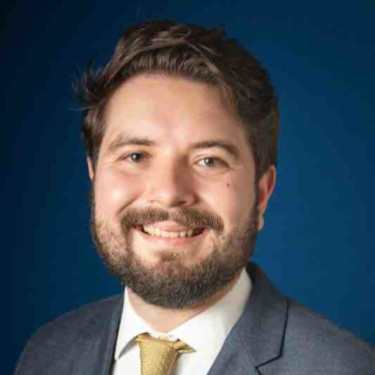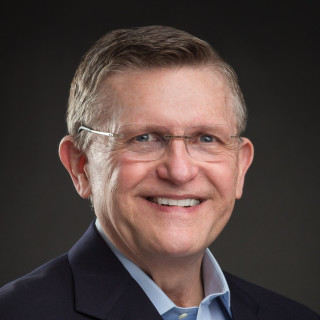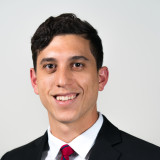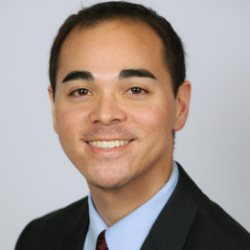“He is just too much for us to handle,” our harried charge nurse told me during morning rounds. All morning our patient, Tom, had been crying out and throwing items from his bedside table with no reprieve. He was a 40-year-old gentleman admitted to the hospital medicine service for severe COVID-19 pneumonia requiring supportive oxygen and IV medications to treat his illness. He had improved significantly since admission, but would require at least two additional days of treatment before his discharge — much to our nurse’s dismay. But Tom was more than just an irritated patient; Tom had autism spectrum disorder — a condition often seen on a pediatric service — and now found himself in an adult medical unit with clinicians unaccustomed to dealing with his particular needs. That morning, Tom needed someone to care for him in a different way. As a med-peds resident, I knew that I had to be that person.
The combination of internal medicine and pediatrics, or “med-peds,” is a unique field that imparts the best of both specialties into a cohesive package. I knew when I applied to residency that I was searching for rigorous training that would allow me to grow through clinical rigor and exposure to a variety of treatment types, but also help me grow personally by caring for patients throughout a lifespan. The specialty med-peds was the only one for me.
To give a bit of context, a med-peds physician completes a four-year residency program that incorporates the requirements for both internal medicine and pediatrics. During this time, they learn vital skills for inpatient and outpatient care encompassing all age groups. This makes for an intense course of training that may not be for everyone, but gives these residents the skills they need to sit for both the medicine and pediatric boards. Ideally, the exposure to such a wide variety of care and the ability to learn from two very distinctive perspectives allows the med-peds physician to build a toolbox of skills that is adaptable for nearly any occasion.
As one example, pediatricians are known for their emphasis on patient education and incorporating shared decision-making. Starting children on chronic medications can be traumatic for both patients and their caregivers, and clinicians must be able to consider those effects against the benefits of treatment. Similarly, internal medicine physicians are masters of balancing comorbidities and voluminous medication lists. They deftly combine regimens and create care plans to maximize outcomes for their patients, while minimizing the burden of care. A med-peds physician, therefore, is able to take the best of these two approaches and combine them into a unified package where patients have both the support to decide what is best, and the trust that their physician is able to synthesize the simplest plan of care possible.
But for all of the benefits of combined training, the discussion surrounding med-peds is rife with common misconceptions. For instance, there is a misrepresentation of our field as an “undecided” path or where a specific niche interest (i.e., adult congenital cardiology) is needed to succeed. The med-peds field is relatively small, so these ideas likely stem from a lack of representation in the general physician workforce — and tend to be more prevalent in small, non-academic centers. Unfortunately, these mischaracterizations can at best lead to confusion about our field amongst patients and practitioners, and can at worst dissuade interested students from choosing a career in med-peds.
Perhaps the most common misconception about med-peds is that those who practice it will ultimately just choose either internal medicine or pediatrics, so combined training is really not worth it. However, according to the most recent survey of the med-peds workforce, over 90% of respondents report practicing a mixture of adult and pediatric medicine. This was seen for all three practice types (primary care, hospitalist, and subspecialty). These results indicate that med-peds graduates continue to use the full breadth of their training even after residency.
Paradoxically, another misconception about our field comes by erroneously interpreting one of our greatest strengths: that a successful med-peds practice is geared toward young adult patients with pediatric diseases. These so-called “transitions of care” are a clear fit for our expertise and there are several of us who go on to care for these patients. Still, this fully invalidates our ability to provide comprehensive care to the full age spectrum. In one analysis of national ambulatory medicine practices, med-peds primary care clinicians saw a more uniform distribution of patients from all age ranges than their family medicine counterparts, who saw significantly higher numbers of elderly patients.
Most damaging of all, however, is the idea that a med-peds physician is a “jack of all trades, but master of none.” Besides being hurtful and invalidating the experiences of four years of difficult clinical training, this idea is directly contradicted by the data. Graduates in med-peds have board pass rates comparable to — and in some years exceeding — their categorical peers. Additionally, med-peds-trained attendings report that they feel well-prepared by their training to provide care to all ages.
With all this in mind, I knew that my background made me the right candidate for treating Tom, the agitated adult patient. As we finished rounds that morning, I went to work using the skills I had learned as a med-peds resident. Namely, I suspected from my experience treating youth with autism spectrum disorder that Tom’s behavior was more likely environmental than intrinsic. I checked in on Tom and his bedside team, taking special care to pay attention to the small details regarding events that morning. It seems that Tom got very agitated shortly after waking up and particularly after eating breakfast. However, by now (nearly noon) Tom was resting comfortably watching television.
Realizing that we may be missing a critical routine, I spoke with Tom’s dad over the phone. He explained that Tom had a particular morning routine that included TV Land reruns, brushing his teeth, and then eating breakfast at 8 a.m. sharp. Afterwards, he took a brief walk before returning to the television. The following morning — thanks to our amazing bedside team — we replicated Tom’s routine with a morning of Andy Griffith, a warm breakfast at 8 a.m., and a stroll through a “maze” of furniture we put together in his room. On rounds that day, Tom waved at our team through the window, smiling before returning back to his regular programming.
The field of med-peds is dynamic and uniquely flexible, warranting its place as a recognized specialty in its own right. In my practice, I’ve been fortunate to use my training to provide care to patients like Tom who just need a slightly different perspective. Truly, I have never regretted the decision to pursue this path. Given the same opportunity, I know that I’d do it again.
What are the misconceptions about your own specialty? Share in the comments!
Dr. Matthew Scott is a third-year internal medicine-pediatrics resident in Richmond, VA. He is passionate about advocacy, engaging with his community, and his newborn daughter. Dr. Scott is a 2023–2024 Doximity Op-Med Fellow.
Names have been changed to protect patient privacy.
Illustration by Diana Connolly
